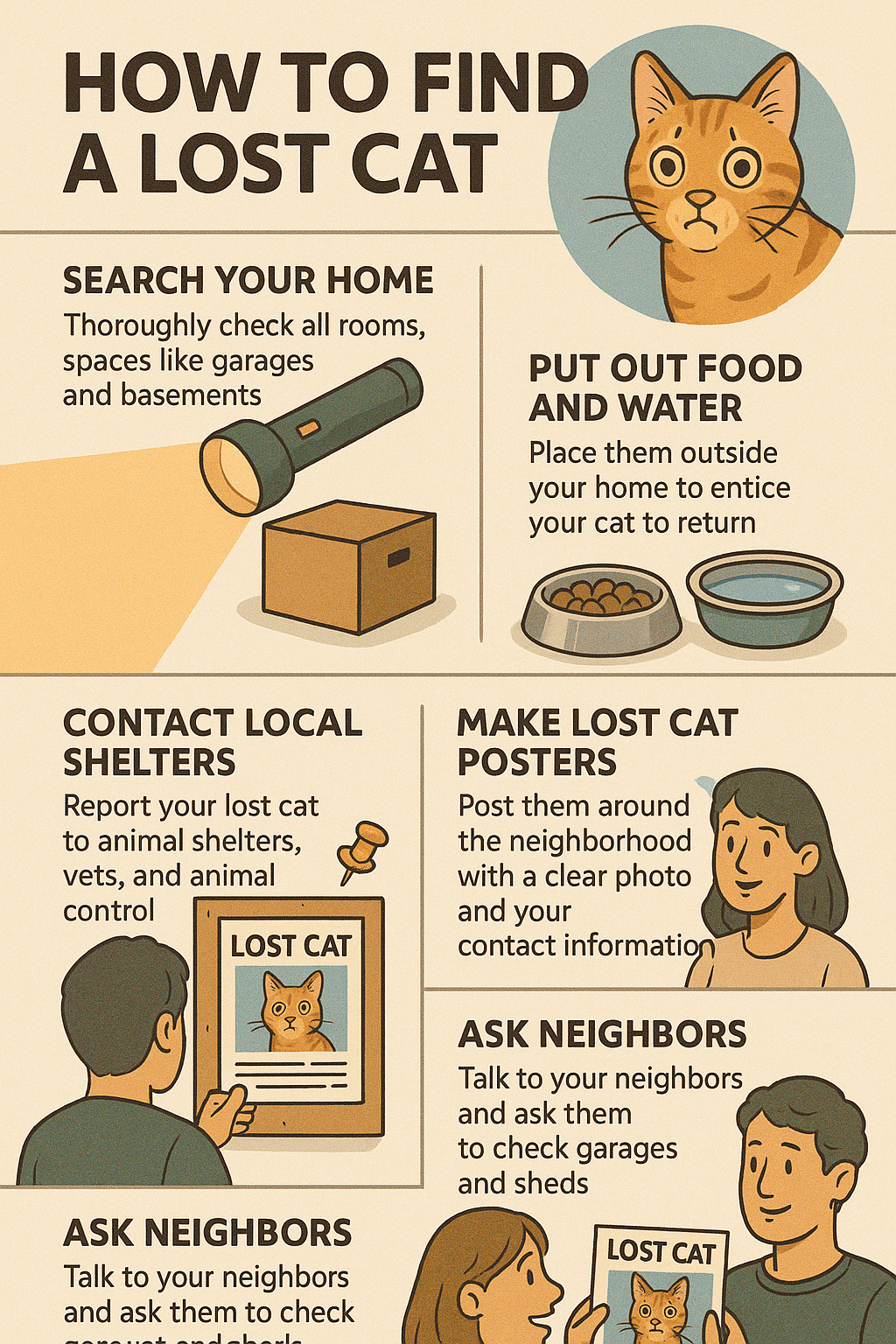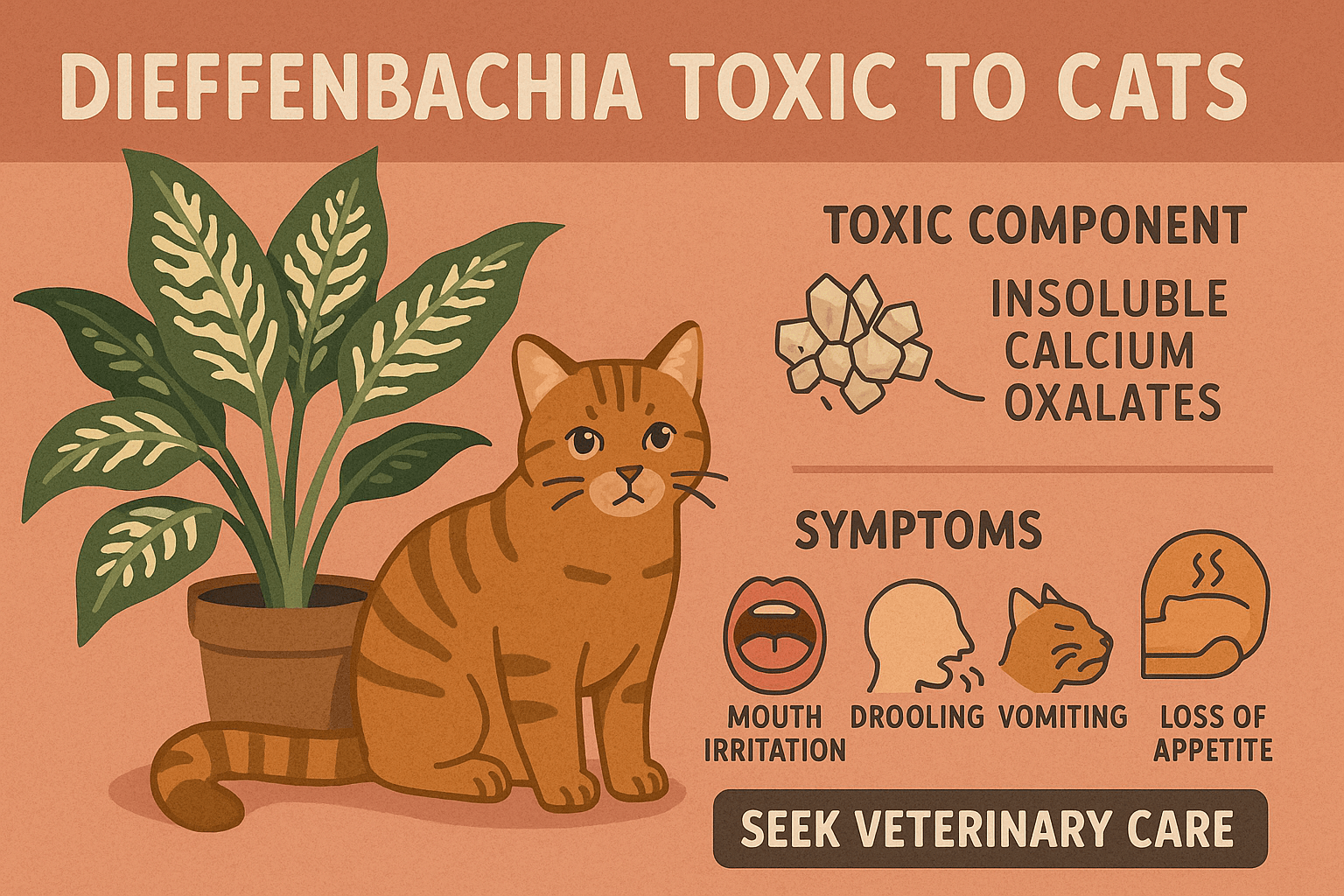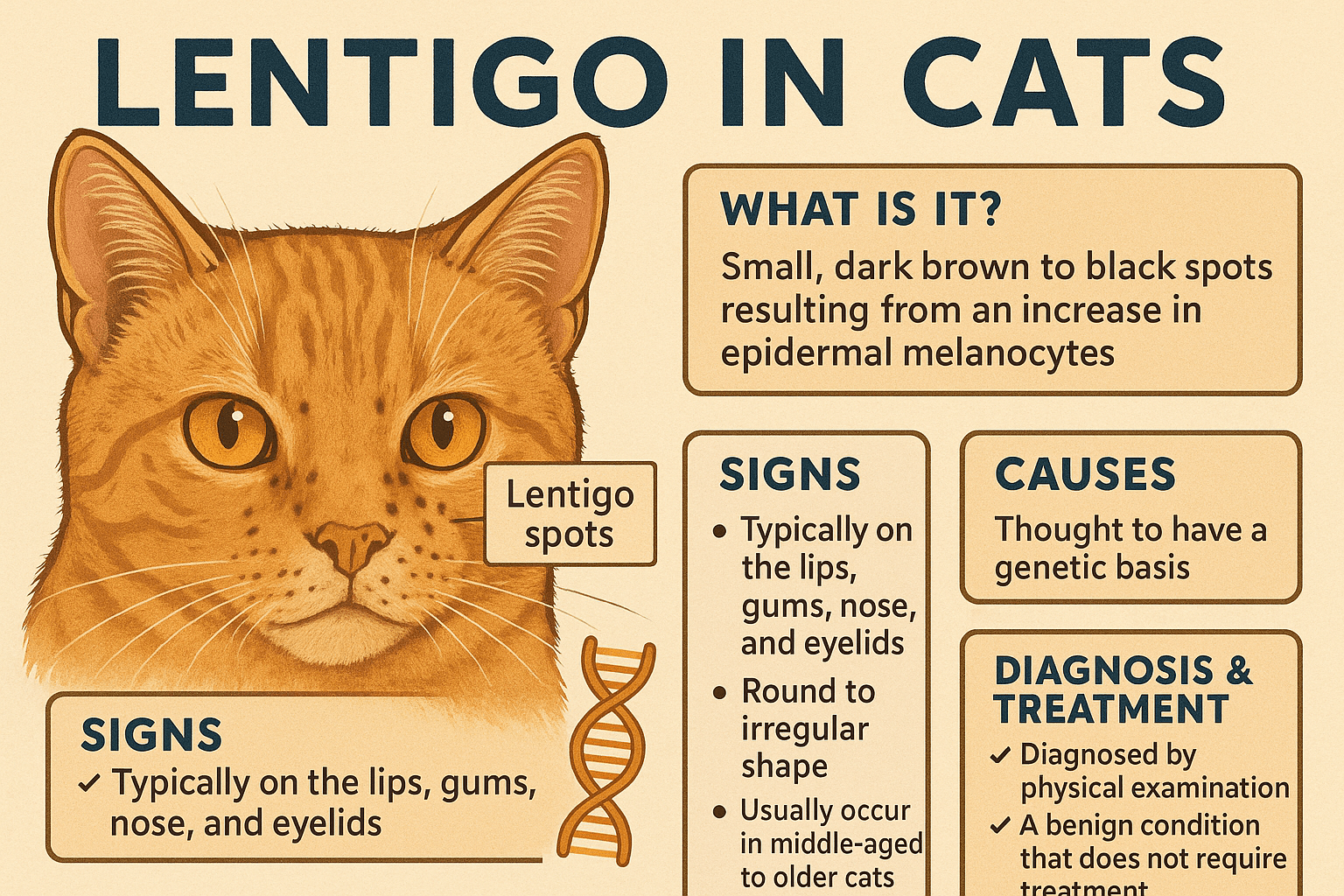Ragdoll Cat Behavior Problems: What You Need to Know
Ragdoll cats are beloved for their affectionate nature, striking blue eyes, and silky coats. Known for their docile temperament, these feline companions often make wonderful pets. However, like any breed, Ragdolls can experience behavior problems that may surprise even the most experienced cat owners. While they are generally calm and easygoing, certain issues—such as separation anxiety, litter box troubles, or excessive vocalization—can arise if their needs aren’t met. Understanding these potential challenges and learning how to address them is key to fostering a happy, harmonious relationship with your Ragdoll. Let’s explore common Ragdoll cat behavior problems and discover effective ways to manage them.
Common Ragdoll Cat Behavior Problems
Despite their reputation as gentle giants, Ragdolls can exhibit behaviors that may require attention. Here are some of the most frequently reported issues Ragdoll owners encounter.
Separation Anxiety:
Ragdolls are known for their strong attachment to their humans, making them prone to distress when left alone for extended periods.Litter Box Avoidance:
A Ragdoll may refuse to use their litter box due to cleanliness issues, stress, or underlying health problems.Excessive Vocalization:
Some Ragdolls are more vocal than others, often meowing to communicate their needs or express discomfort.Overly Clingy Behavior:
While their affectionate nature is endearing, it can sometimes border on clinginess, disrupting daily routines.Play Aggression:
Despite their laid-back demeanor, Ragdolls can display playful aggression, such as biting or scratching during interactions.
Recognizing these behaviors early allows you to address them effectively, ensuring a balanced and happy household.
How to Address Separation Anxiety in Ragdolls
Separation anxiety is one of the most common Ragdoll cat behavior problems, but there are practical steps you can take to ease their stress.
Create a Comfortable Space:
Designate a cozy area with familiar items like blankets or toys to help your Ragdoll feel secure while you’re away.Establish a Routine:
Cats thrive on predictability. Stick to consistent feeding, play, and departure schedules to reduce anxiety.Use Calming Products:
Consider pheromone diffusers or calming sprays to soothe your Ragdoll during times of stress.Provide Mental Stimulation:
Leave interactive toys or puzzle feeders to keep your Ragdoll entertained and distracted while alone.Gradual Desensitization:
Practice short departures and gradually increase the time you’re away to help your cat adjust to solitude.
By implementing these strategies, you can minimize separation anxiety and create a calmer environment for your Ragdoll.
Check this guide 👉Ragdoll Cat Lifespan: Best 7 Expert Tips!
Check this guide 👉The Enchanting World of Tuxedo Ragdoll Cats: Best 7 Tips!
Check this guide 👉Discover the Charm of Ragdoll Himalayan Cats: Best 7 Tips!

Preventing Ragdoll Behavior Problems | Addressing Existing Issues |
|---|---|
Provide daily playtime and exercise | Identify triggers for problem behaviors |
Maintain a clean and accessible litter box | Consult a veterinarian for health checks |
Use positive reinforcement for good behavior | Gradually desensitize anxious reactions |
Offer plenty of mental stimulation | Redirect unwanted actions with toys |
Create a predictable daily routine | Avoid punishing or scolding your cat |
Managing Litter Box Issues in Ragdolls
Litter box problems can be frustrating, but understanding the root cause is essential for resolving this common Ragdoll cat behavior issue.
Keep the Litter Box Clean:
Scoop daily and change the litter weekly to ensure your Ragdoll has a hygienic space to do their business.Choose the Right Location:
Place the litter box in a quiet, easily accessible area away from high-traffic zones or loud appliances.Experiment with Litter Types:
Some Ragdolls may prefer unscented, fine-grained litter over other varieties. Test different options to find their preference.Rule Out Medical Causes:
Frequent accidents could indicate urinary tract infections or other health issues. Schedule a vet visit to rule out underlying conditions.Avoid Punishment:
Never scold your Ragdoll for litter box mishaps, as this can increase stress and worsen the problem.
With patience and consistency, you can encourage proper litter box habits and restore harmony to your home.
Dealing with Excessive Vocalization in Ragdolls
Ragdolls are typically quiet, but some may become excessively vocal if they feel neglected or unwell. Addressing this behavior requires identifying the cause.
Respond to Their Needs:
If your Ragdoll meows persistently, check if they’re hungry, thirsty, or need attention. Meeting their needs promptly can reduce vocalization.Set Boundaries Gently:
Avoid reinforcing excessive meowing by giving in to demands. Instead, reward quiet moments with treats or affection.Engage in Playtime:
Boredom can lead to vocalization. Spend quality time playing with your Ragdoll to burn off excess energy.Monitor for Health Issues:
Sudden changes in vocalization patterns could signal pain or illness. Schedule a vet checkup to rule out medical concerns.Maintain a Calm Environment:
Loud noises or frequent disruptions can stress your Ragdoll, prompting them to vocalize more. Create a peaceful atmosphere at home.
By addressing the root cause of excessive vocalization, you can enjoy a quieter and more relaxed household.
Preventing Play Aggression in Ragdolls
Play aggression is common in Ragdolls, especially kittens, but it can escalate into problematic behavior if not managed properly. Here’s how to prevent and redirect aggressive tendencies.
Provide Appropriate Toys:
Offer a variety of toys designed for hunting and chasing to satisfy your Ragdoll’s natural instincts.Use Interactive Play:
Engage in regular play sessions with wand toys or laser pointers to tire them out and curb aggressive urges.Discourage Rough Play:
Avoid roughhousing with your hands, as this can encourage biting and scratching during play.Redirect Negative Behavior:
If your Ragdoll becomes aggressive, distract them with a toy or walk away to signal disapproval.Teach Bite Inhibition:
Reward gentle play and stop interactions immediately if they bite too hard to teach boundaries.
By channeling their energy into appropriate outlets, you can minimize play aggression and foster positive interactions.
Strengthening Your Ragdoll’s Socialization Skills
Proper socialization is crucial for preventing behavior problems in Ragdolls, particularly if they’re shy or fearful. These tips can help build their confidence and adaptability.
Introduce New Experiences Gradually:
Expose your Ragdoll to new sounds, smells, and environments slowly to prevent overwhelming them.Invite Trusted Visitors:
Allow friends or family members to interact with your Ragdoll in a calm and controlled manner.Reward Brave Behavior:
Praise and treat your Ragdoll when they approach unfamiliar people or situations willingly.Create Safe Spaces:
Ensure your Ragdoll has access to hiding spots where they can retreat if feeling anxious.Pair Socialization with Positive Events:
Combine introductions to new stimuli with enjoyable activities like playtime or mealtime.
Through gradual exposure and encouragement, your Ragdoll can develop into a confident and adaptable companion.
Enhancing Your Ragdoll’s Emotional Well-Being
A Ragdoll’s emotional health plays a significant role in their behavior. Prioritizing their mental and emotional needs can prevent many behavior problems from arising.
Spend Quality Time Together:
Dedicate regular one-on-one time to strengthen your bond and reassure your Ragdoll of your presence.Respect Their Individuality:
Understand that each Ragdoll has unique preferences and quirks—tailor your approach to suit their personality.Minimize Stressful Changes:
Avoid sudden alterations to their environment or routine, as Ragdolls are sensitive to disruptions.Encourage Independence:
Provide opportunities for solo play and exploration to balance their affectionate nature with self-sufficiency.Monitor Their Body Language:
Pay attention to subtle cues like flattened ears or tail flicks, which can indicate discomfort or stress.
By prioritizing your Ragdoll’s emotional well-being, you can prevent many behavior issues and nurture a content, thriving pet.
Frequently Asked Questions About Ragdoll Cat Behavior Problems
Why does my Ragdoll follow me everywhere?
Ragdolls are naturally affectionate and form strong bonds with their owners, which can lead to clingy behavior.
How can I stop my Ragdoll from biting during play?
Redirect their energy to appropriate toys and avoid using your hands as play objects to discourage biting.
What should I do if my Ragdoll hides all day?
Hiding may indicate stress, illness, or an unfamiliar environment. Consult your vet and provide safe spaces for comfort.
Can Ragdolls be trained to behave better?
Yes, Ragdolls respond well to positive reinforcement training, which can help modify unwanted behaviors.
Are Ragdolls more prone to behavior problems than other breeds?
Not necessarily, but their sensitive nature means they may react differently to changes in routine or environment.
Building a Strong Bond Through Understanding
Ragdoll cat behavior problems, while challenging, are often rooted in their unique personalities and needs. By recognizing the signs of distress or discomfort and taking proactive steps to address them, you can strengthen your bond with your Ragdoll and create a harmonious living environment. Remember, patience and empathy go a long way in nurturing a happy, well-adjusted feline companion. With love, care, and consistency, your Ragdoll will continue to bring joy and warmth to your home for years to come.
How to Find a Lost Cat: Best 7 Expert Tips! Discover actionable strategies to locate your missing cat, understand their behavior, and prevent future escapes with expert advice.
Is Dieffenbachia Toxic to Cats? Best 7 Expert Tips! Discover the dangers of Dieffenbachia, symptoms of poisoning, and how to keep your cat safe with expert advice and preventive measures.
Lentigo in Cats: Best 7 Expert Tips! Discover expert advice on understanding, identifying, and managing lentigo in cats to ensure your feline's health and happiness.
Siamese Cat Lifespan: Best 7 Expert Tips! Discover how to maximize your Siamese cat’s longevity with expert advice on health, care, and lifestyle for a happy, thriving feline companion.





